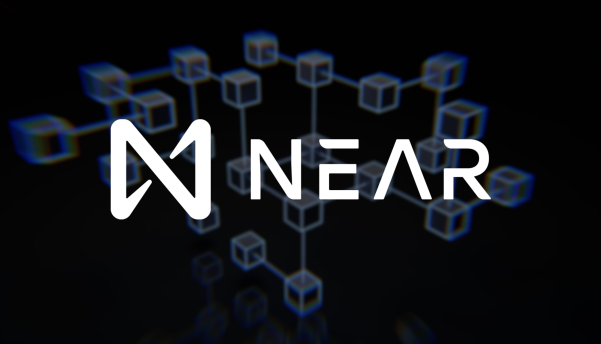
The NEAR Protocol (NEAR) is a platform software designed to facilitate the operation of computer networks, allowing developers to create and launch decentralized applications (dApps). In this article, we will delve into the core concepts of NEAR Protocol, how it works, the founder’s background, and its unique technical features.
Core Concepts of the NEAR Agreement
The core of the NEAR protocol is the concept of sharding. Sharding is the process of dividing network infrastructure into parts, allowing computers (also called nodes) to process only a small portion of the network's transactions. This approach distributes parts of the blockchain among network participants, rather than the full blockchain, promising to create more efficient ways to retrieve network data and scale the platform.
NEAR operates similarly to other centralized data storage systems, such as Amazon Web Services (AWS), which serve as the base layer upon which applications are built. However, NEAR is not run by a single entity, but rather is run and maintained by a distributed network of computers. Just as AWS lets developers deploy code in the cloud without creating infrastructure, the NEAR protocol configures a similar architecture that includes a network of computers and its native cryptocurrency, the NEAR token.
Who created the NEAR Agreement?
The NEAR protocol was created by Alex Skidanov and Illia Polosukhin. Skidanov was director of engineering at database company MemSQL, while Polosukhin worked at Google helping develop its artificial intelligence capabilities and search engine products. NEAR has raised more than $20 million in multiple rounds from top venture capital firms including Andreessen Horowitz and Pantera Capital. Approximately 35% of the initial supply of 1 billion NEAR tokens has been sold to early investors.
How does the NEAR Agreement work?
NEAR Protocol is a proof-of-stake (PoS)-based blockchain that competes with other platforms through the sharding solution Nightshade. Night Shadow Protocol’s sharded blockchain architecture allows each participating node to store only a small portion of the platform’s data, thereby scaling the blockchain more efficiently while achieving more transactions per second and lower transaction fees.
night shadow protocol
The Night Shadow protocol maintains a single data chain through sharding technology, while allocating the calculations required to maintain these data into "blocks". Nodes will process the data from these blocks and add the information to the main chain. Since participating nodes are only responsible for maintaining a small part of the data chain, one of the main advantages of the Night Shadow Protocol in terms of security is that its architecture has fewer potential points of failure.
Rainbow Bridge
The NEAR protocol includes an application called Rainbow Bridge that allows participants to easily transfer Ethereum tokens back and forth between Ethereum and NEAR. Users first deposit tokens into Ethereum’s smart contract in order to transfer tokens from Ethereum to the NEAR protocol. These tokens are then locked and new tokens representing the original tokens are created on NEAR’s platform. The original funds are stored in smart contracts, and users can retrieve the original tokens through the reverse process.
Aurora
Aurora is a layer 2 scaling solution built on the NEAR protocol, allowing developers to launch their Ethereum decentralized applications on the NEAR network. Aurora is built using Ethereum's coding technology, the Ethereum Virtual Machine (EVM), and cross-chain bridges, allowing developers to seamlessly link Ethereum's smart contracts and assets. The NEAR protocol allows developers to take advantage of Aurora’s low fees and high throughput while using familiar Ethereum applications and networks.
Advantages of the NEAR Agreement
The NEAR protocol has multiple advantages over other blockchain platforms:
High performance: Through sharding technology, NEAR protocol can handle more transaction volume and has low transaction fees.
Decentralization: The NEAR protocol is run and maintained by a distributed computer network, avoiding the risk of single points of failure and centralized control.
Cross-chain interoperability: Rainbow Bridge allows users to freely transfer assets between different blockchains, improving asset liquidity and application flexibility.
Developer-friendly: Aurora allows developers to easily launch Ethereum decentralized applications on the NEAR network, reducing learning costs and development time.
Conclusion: NEAR Protocol provides an efficient, secure and decentralized platform for the development and operation of decentralized applications through innovative technologies such as its sharding technology, Night Shadow Protocol, Rainbow Bridge and Aurora. With the continuous development of blockchain technology, the NEAR protocol is expected to become one of the important infrastructures for decentralized applications in the future.
In short, the NEAR protocol not only has significant technical advantages, but also has achieved good results in the construction of the ecosystem. For developers and users, the NEAR protocol provides a more efficient, secure and flexible choice, with huge potential for future development.